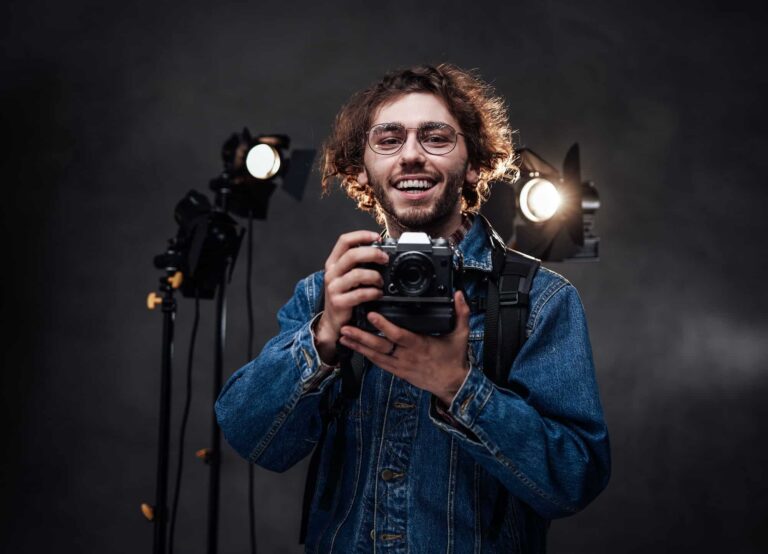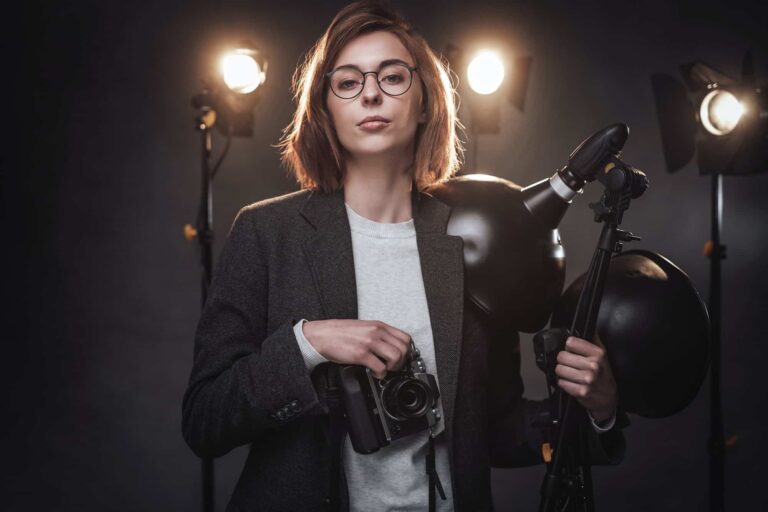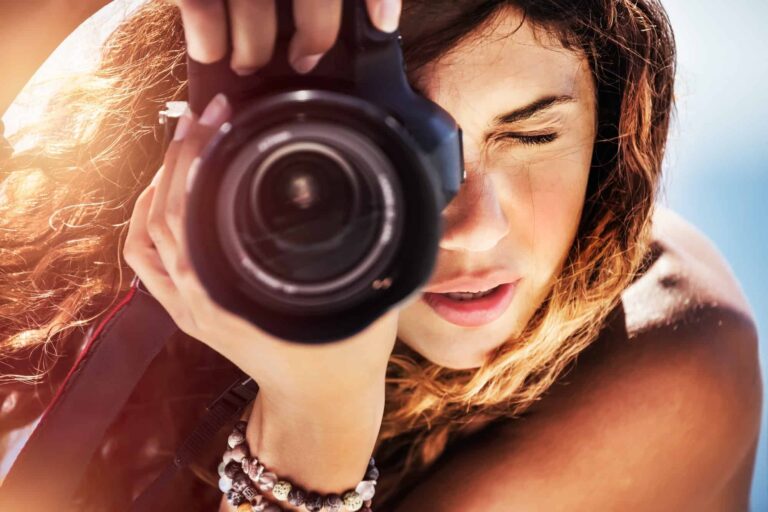Choosing the right camera gear can make a significant difference in the outcome of your photoshoot. Whether you’re capturing a wedding, a portrait session, or a landscape, selecting the appropriate equipment ensures that you get the best possible results. In this guide, we’ll explore the essential camera gear for various types of photoshoots and offer tips to help you elevate your photography game.
1. Understand Your Photoshoot Needs
Before diving into gear selection, consider the type of photoshoot you’re planning. Different scenarios require different equipment:
- Portrait Photography: Focus on gear that enhances detail and provides a natural look. A high-quality DSLR or mirrorless camera with a 50mm or 85mm lens is ideal for sharp, professional portraits.
- Wedding Photography: Weddings demand versatility and reliability. A full-frame camera with a range of lenses (wide-angle, zoom, and prime) ensures you’re prepared for any situation. Consider a second camera body as a backup.
- Landscape Photography: For capturing expansive scenes, a camera with a high resolution and dynamic range is crucial. A wide-angle lens and a sturdy tripod will help achieve sharp, detailed shots.
2. Choosing the Right Camera Body
Your camera body is the foundation of your gear setup. When selecting a camera body, consider:
- Sensor Size: Full-frame sensors capture more detail and perform better in low light, but APS-C sensors are lighter and more affordable.
- Megapixels: Higher megapixels provide more detail but require more storage space. Choose a resolution that fits your needs without overburdening your workflow.
- Autofocus System: For dynamic shoots, a fast and accurate autofocus system ensures you capture sharp images, even with moving subjects.
3. Selecting the Perfect Lenses
Lenses play a crucial role in defining the look of your photos. Here’s what to look for:
- Portrait Lenses: A 50mm or 85mm prime lens with a wide aperture (f/1.8 or f/1.4) creates beautiful bokeh and sharp details.
- Wide-Angle Lenses: For landscapes or group shots, a wide-angle lens (16-35mm) helps capture more of the scene and adds depth to your photos.
- Zoom Lenses: A versatile zoom lens (24-70mm) offers flexibility, allowing you to adjust framing without changing lenses.
4. Investing in Accessories
Accessories enhance your camera’s functionality and help you achieve better results:
- Tripods: Essential for stability, especially in low light or long exposures. Choose a sturdy tripod that supports your camera and lens weight.
- External Flash: An external flash provides better control over lighting, essential for indoor or low-light shoots.
- Camera Bag: Protect your gear with a well-padded camera bag that offers compartments for lenses, batteries, and other essentials.
5. Consider Your Budget
Camera gear can be a significant investment, so balance your needs with your budget. Look for high-quality gear that offers the best value for your money. Don’t forget to consider the cost of lenses, accessories, and ongoing maintenance.
6. Test and Learn
If possible, try out different gear before making a purchase. Renting equipment or testing it in-store can help you determine what works best for your shooting style. Learning about your gear’s strengths and limitations is key to maximizing its potential.
Conclusion
Choosing the right camera gear involves understanding your specific photoshoot needs, selecting the appropriate camera body and lenses, investing in useful accessories, and staying within your budget. By carefully selecting your equipment, you can enhance your photography skills and capture stunning images that truly stand out. Happy shooting!
Feel free to reach out if you have any questions or need further advice on choosing the right camera gear for your next photoshoot.



